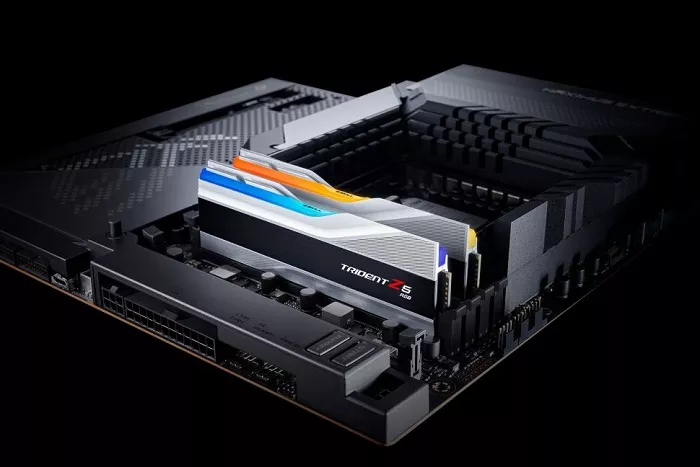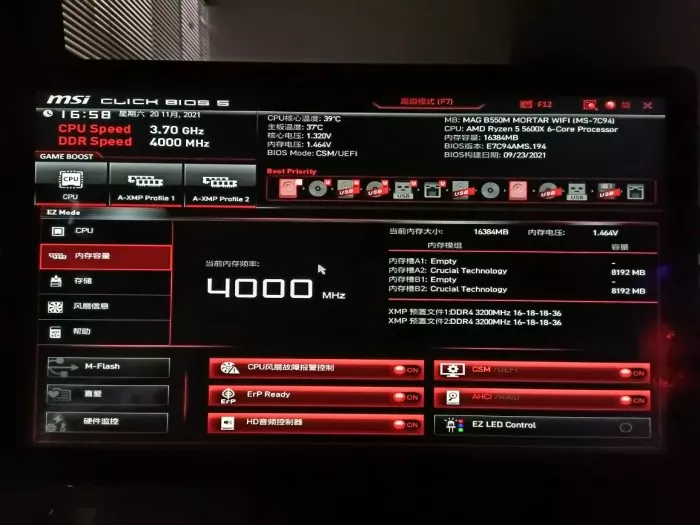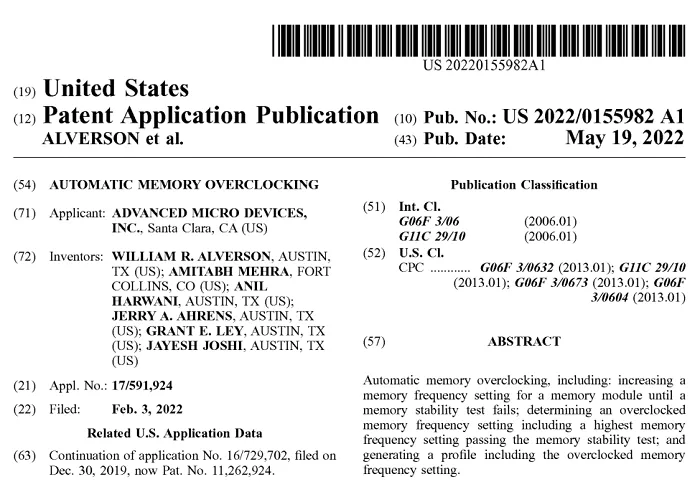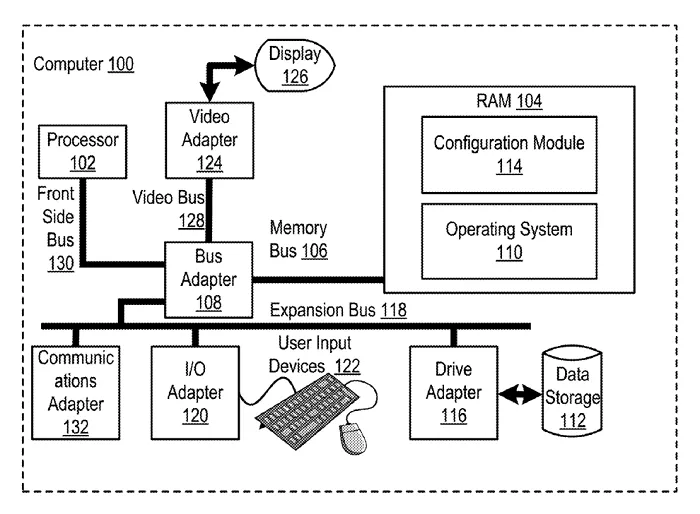Although memory overclocking (OC RAM) is nothing new, it has the same unstable factors as CPU overclocking However, on May 19, the U.S. patent and Trademark Office announced a patent application submitted by AMD in February this year. It can be seen that it tried to eliminate speculation, trial and error and related risks caused by memory overclocking During the overclocking test, each set of configuration files can be automatically stored on the computer.

Data chart (from G. skill)
Over the past few decades, overclocking enthusiasts have been trying to squeeze the performance potential of computer components such as CPU and memory. However, high voltage and heat can easily lead to data error and even component damage.
For this reason, only enthusiasts who are willing to take relevant risks to improve performance will choose overclocking. And [us20220155982] newly applied by AMD( https://pdfaiw.uspto.gov/.aiw?PageNum=0&docid=20220155982&IDKey=259C8EAA70A2&HomeUrl=http%3A%2F%2Fappft.uspto.gov%2Fnetacgi%2Fnph -Parser%3FSect1%3DPTO1%2526Sect2%3DHITOFF%2526d%3DPG01%2526p%3D1%2526u%3D%2Fnetahtml%2FPTO%2Fsrchnum. html%2526r%3D1%2526f%3DG%2526l%3D50%2526s1%3D20220155982. PGNR.% 2526os% 3D% 2526rs% 3D) patent aims to significantly reduce the threshold of memory overclocking experience.
By automating the relevant parameters and stability evaluation, users can easily obtain the expected best performance without having to bother to carry out a large number of manual tests.

At present, the common "memory overclocking configuration file" (XMP) on the market has developed to versions 2.0 and 3.0 with the popularity of DDR4 / ddr5 memory.
However, in consideration of mass production verification, the factory preset configuration file usually does not squeeze out the limit potential of memory particles.
It is precisely because of this that a large number of consumers are keen on continuous fine-tuning to try to lower small parameters such as memory voltage and Cl delay on the premise of ensuring stable operation.

Since the patent description does not mention the regulation of memory voltage, we can speculate that AMD, an automatic memory overclocking technology, will follow the preset voltage parameters in SPD.
Even so, by greatly simplifying the manual work of memory overclocking, the tool can greatly ensure the optimal frequency setting of overclocking memory for safety and reliability.
The personalized overclocking configuration files generated during the test (including parameters such as applicable frequency and delay settings) will be saved locally and loaded when the system starts.

Of course, those overclocking enthusiasts who want to further squeeze the potential of the system can still manually fine tune through UEFI BIOS or use third-party tools to achieve relevant purposes.
Unfortunately, it is not clear whether or when AMD will introduce this automatic memory overclocking technology into its PC hardware product line. After all, it obviously needs the coordination of CPU + motherboard (or even memory) manufacturers.